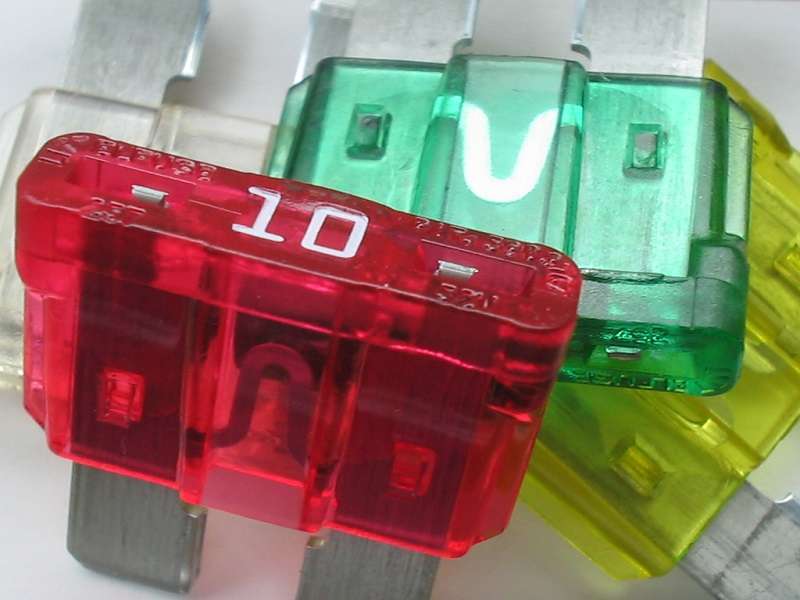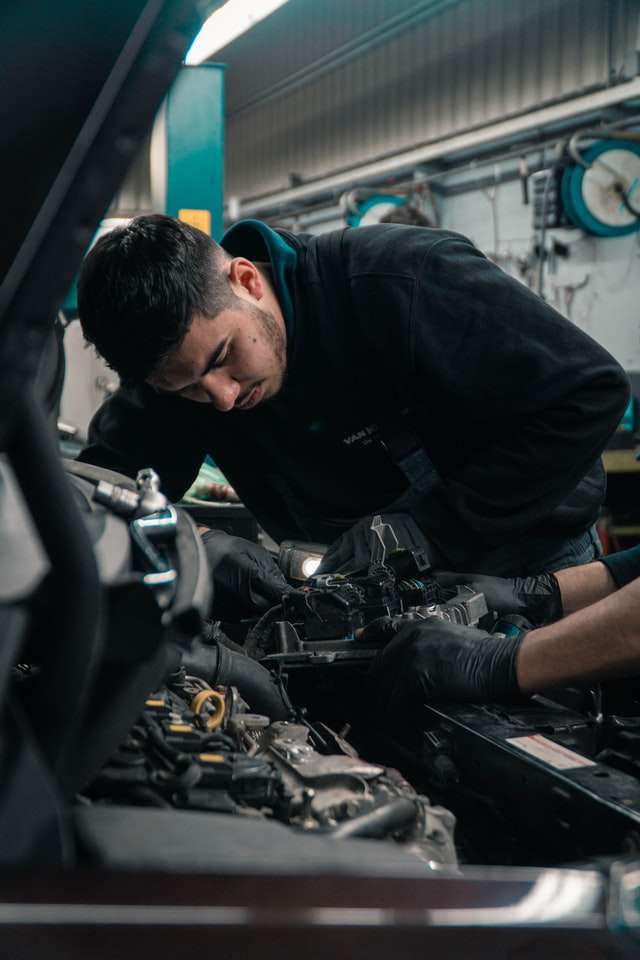You got a new car. You drove it for many miles, and then it started making some strange noises. You ignored it and went on driving a few more miles. Your car started smelling odd, and you turned a blind eye until one fine day your car stopped working.
Just like any other machine, the parts of a car go through wear and tear. You cannot go on and on with the same parts throughout your life.
Car parts come with a shelf life. Before these parts reach their end, replacing them or getting them repaired becomes necessary.
But how do you know what to replace and when to replace? Let us tell you.
-
Battery
The car battery is one of the parts that require replacement often. As your car ages, the performance of the battery deters, enhancing the risk of failure.
Low charge and acid stratification are to be blamed for battery failure. Furthermore, if you have a habit of running your air conditioner or leaving lights on when your car is not started, you may have to deal with battery failure often.
To ensure that your car battery always delivers optimum performance, replace it every 4 to 5 years. Also, do not ignore regular maintenance. Get damaged cables, dirty terminals, and other problems checked and repaired before they lead to complete failure.
-
Headlight components
Headlights are safety components. They are essential for your safety while driving in low-light conditions. Hence, replace the lights on encountering any issue.
Get the burned-out bulbs replaced when one headlight goes out. Check the fuse, relay, switches, and wiring when the headlights are not working.
Also, if the lights are dim, get the alternator checked.
-
Windshield
Dirt and debris hitting the windshield while driving can lead to stress cracks on the glass, making it susceptible to cracking or shattering in even minor accidents.
Make cleaning the windshield a part of your regular car maintenance to prevent scratches. If you spot extensive damage on the windshield, address the issue immediately. Until then, apply clear tape to keep the stress cracks from spreading and maintain a consistent temperature in the car.
-
Brake rotors
The braking system of your car is crucial for your safety while driving. Overlooking any issue with this system exposes you to severe consequences.
Brake rotors form one of the most important components of the braking system. With use, the friction between calipers and brake pads takes a toll on rotors. As rotors wear down with time and become less efficient, enhancing the risk of brake failure.
If you hear grinding, squealing, or growling noises or shaking or pulsing sensations when applying brakes, get rotors or other braking components checked and replaced. Check out the online brake pads catalog to get the price details for your specific model.
-
Fuses
Failing the fuse can cause problems in flashers, windshield wipers, heaters, and other instruments of your car.

To confirm the problem with fuses, check your fuse box. Look for black fuses. Check whether the interior wire is intact or broken. If the fuse is blown, it can’t be repaired. Replacing the broken part can restore the functions.
-
Spark plugs
Problems in spark plugs can manifest as problems in starting your car, rough idling, slow acceleration, and surging or misfiring of the engine. Replacing the spark plug will solve these issues.
You can change the spark plug yourselves. All you need to do is locate the plugs and check for visible signs of wear and tear. Unscrew the old spark plugs, clean the threads present inside the terminal, take a new plug, and lubricate its thread. Install the new plugs.
The bottom line
To keep your car in working condition, regular maintenance is essential. Why not read some other smart ways to spend your tax refund. Check these components of your car for signs of wear and tear, and replace the parts that are past their expiry dates.



